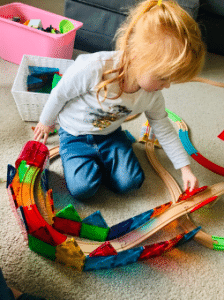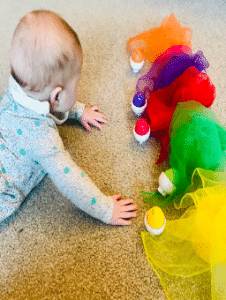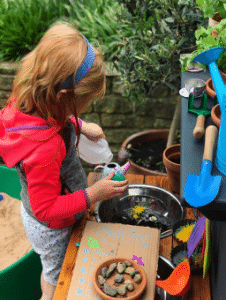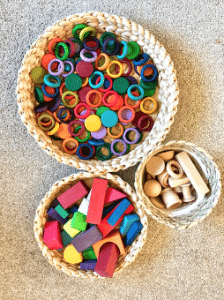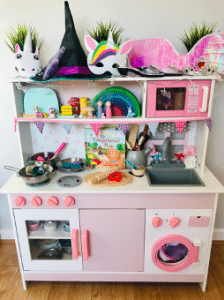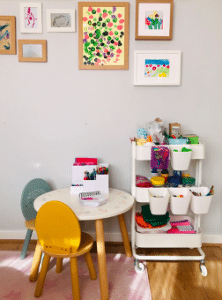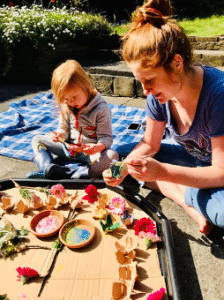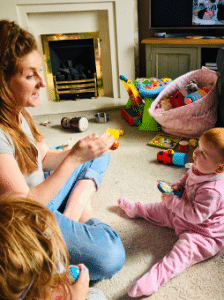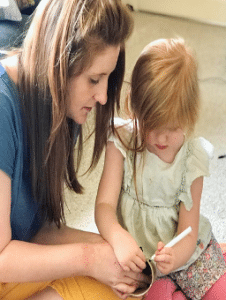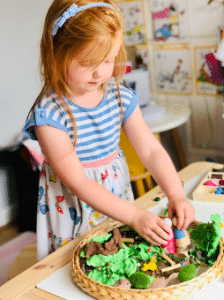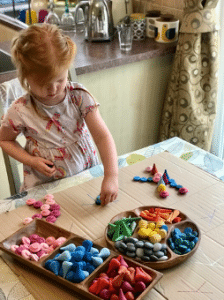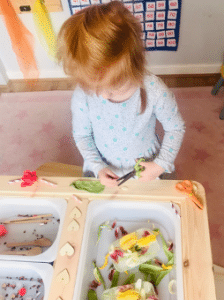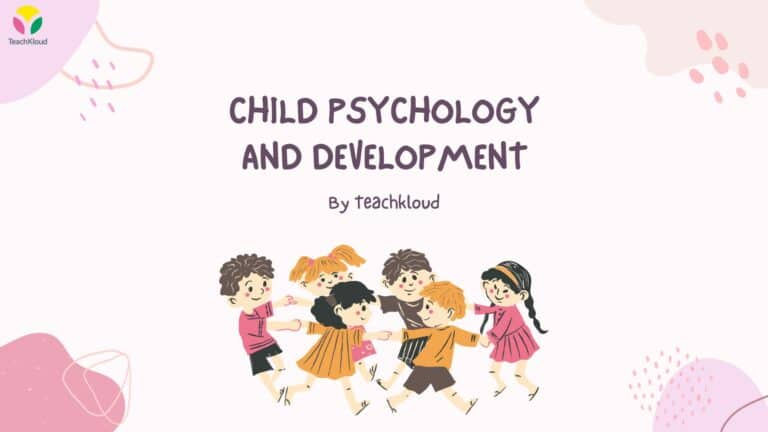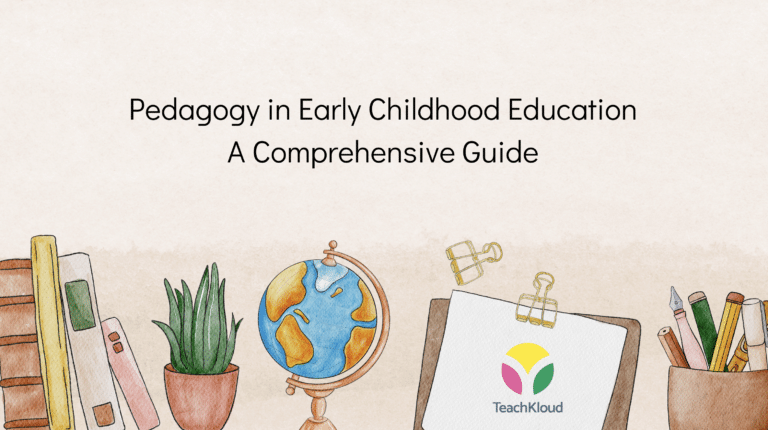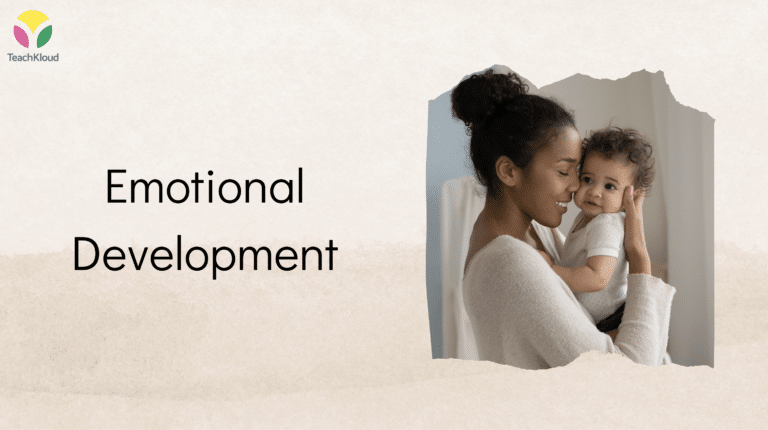Independent play and its benefits
I love play and I especially love playing with my children. However, sometimes I need to do other things, and sometimes, dare I say it, play gets boring. It is therefore important that my children are capable of playing independently. Independent play is when a child plays alone for a sustained period. This may be five or ten minutes for a pre-schooler or half an hour for an older child. The child may play with an activity that has been set up by an adult or with resources that they have gathered themselves.
Independent play has many benefits, for both the child and the adult. When my children are playing independently it allows me to do other things. This may be work or household jobs, it may be talking to other adults or it may be sitting alone, drinking coffee and scrolling through Instagram. All of these are valid activities and they give me time to rest or reset, meaning that I am a better parent once I return to my children.
To help ease some of the parental guilt that we all feel when we are not engaging with our children 100% of the time, it is important to note that independent play has many benefits for the child as well. Playing independently promotes imagination and independence. It encourages critical thinking and problem-solving skills. It helps to develop focus and concentration. It also teaches the child how to entertain themselves when they are bored which, in this world of instant gratification, is a skill many little ones (and adults) are lacking.
So, throw your parental guilt out the window and let’s teach our children to play independently!
Setting up the perfect play environment
Creating the right environment is key to promoting independent play at home. Toys and books need to be ordered and accessible. Even if you have a dedicated playroom, I would suggest having a few resources accessible in every room of the house. You can use baskets, boxes or drawers to store resources, but make sure there aren’t too many items in each container and your child knows where they are. A child who is forced to spend ages looking through overflowing boxes for a specific toy will lose interest in their game and wander off to find an adult.
It may seem controversial to some, but I split up any sets (such as Duplo or Playmobil) and store resources by categories e.g. people, animals, vehicles, construction etc. This way, if your child needs a figure to add to their set up, they know exactly which container to go to.
If you have too many toys to store neatly try doing a toy rotation. Put out a third of your toys and store the other two thirds away. Rotate the toys every few weeks. You will soon see that your child engages better with the resources when there are fewer to choose from.
Ensure the play environment is kept neat and tidy. Not only will this help children to learn to tidy up, but a child who is given a beautiful environment to play in will want to spend more time playing and will want to keep it looking that way.
I have found that having defined areas for different types of play helps to promote independence. One of the most well-used areas of our house is the creative area. We have a child sized table and chairs and an art trolley filled with mark making tools, scissors, tape, paint and other craft materials that can be accessed independently and at any time. If possible, try and provide your child with an open space for construction or small world play, a rug or mat is perfect to help create this defined area. A cosy reading corner with a selection of books, cushions and blankets can help to entice even the most reluctant readers. Similarly, a role play area with a toy kitchen, a till and pretend food or simply a cot and dolls is the perfect way to encourage imagination and develop communication and language skills.
Teaching your child to play
Once you have organised your resources and created the perfect play environment for your child you may be disappointed that your little one doesn’t suddenly go off and start playing. Playing, both collaboratively and independently, is a skill that we need to teach our children.
The language we use around play is important. As we all know, our children are always listening. They are little sponges that soak up everything we say and often use our own words to embarrass us (like that time my eldest used a rather rude expletive when she dropped something in front of the grandparents). As busy parents we often tell our children to “go and play”. This suggests to children that play is something that adults don’t want to be part of and don’t have time for. When we use language such as this play can almost seem like a punishment to a child.
If we want our children to develop a love of reading, it is important that they see us reading for pleasure. The same is true for play. If we want our children to develop a love of play, and therefore want to play independently, they need to see us enjoying play. Show your child how to play. Sit on the floor with some toys and talk out loud about what you are doing and thinking. Chances are that your child will soon want to come over and play with you. Make silly voices together, act out narratives and have fun. This shows your child what play should look like and feel like.
Teaching your child to play independently will not happen overnight. Creating an invitation to play is a great way to start encouraging independence. An invitation to play is a selection of toys or objects laid out with the intention of promoting play and exploration. This works best when the child is left to interact with the objects in whichever way they choose. Initially, try setting up an invitation to play in the same room as you. If you need to cook dinner put out some play dough, tools and loose parts on the kitchen table. If you are putting the washing away set up some building blocks and people on a tray in the bedroom. The proximity of the activity to you will help your child feel happy and secure while still fostering that independence.
When your child is playing independently it can be tempting to ask them questions about what they are doing. As caring parents, we want to understand our children and share in their experiences. However, it is important not to distract children or disrupt their focus while they are playing. Even praising them for their independence is enough to break their train of thought and end their game. Save your praise until after their play is over.
Once your child is confident at playing alongside you, you can begin to encourage them to play in a different room. Use a sand timer to show your child how long you expect them to play independently for. Start small and build up. It is important that the child can succeed, so try starting with only 2 or 3 minutes. When your child manages to play independently for the set period use lots of praise. Our children want to please us, so let them know how proud you are.
Being realistic
It is, however, important to be realistic about how long your child can play independently for. Young children have a very short attention span and expecting them to play for hours by themselves is not realistic. Instead, try breaking your day into small chunks and be clear with your child about what is happening during the day. Use a visual timetable to help them understand how the day is structured. For very young children a simple now and next board may be more suitable.
And finally, even when you have created the perfect environment, shown your child the joy of play and taught them how to be independent, there will be good days and bad days. There will be times when your child plays independently and times when they constantly hover around you. Keep going and they will get there! And when they do, sit down and enjoy that hot cuppa while you can.
Alice, Imogen and Ada

